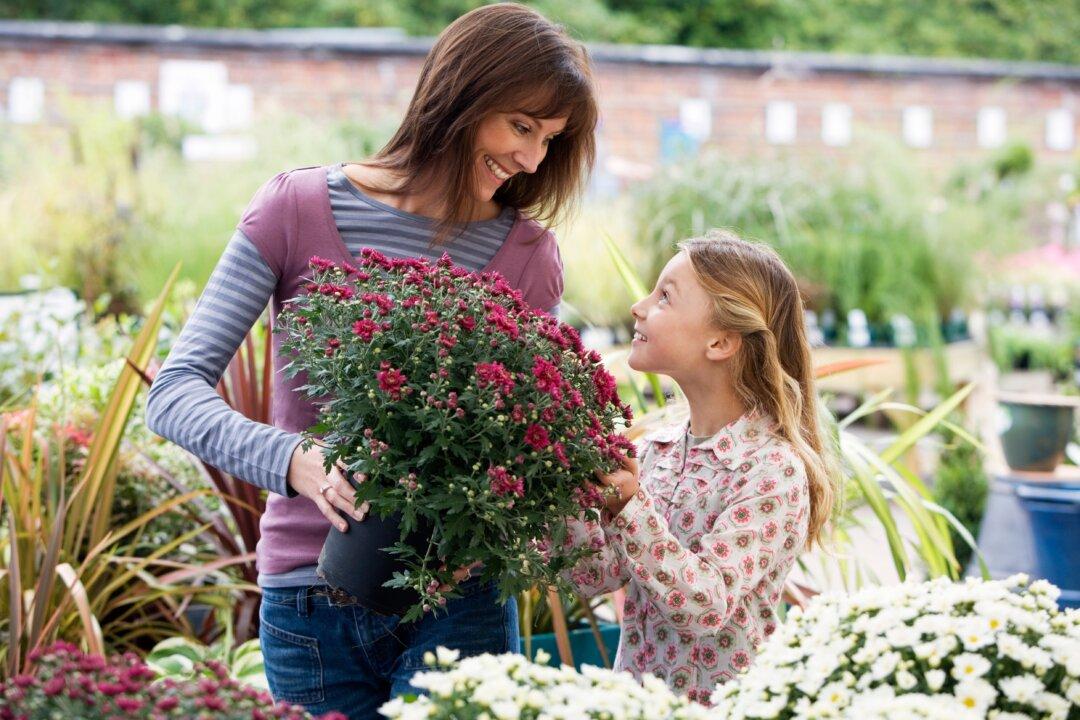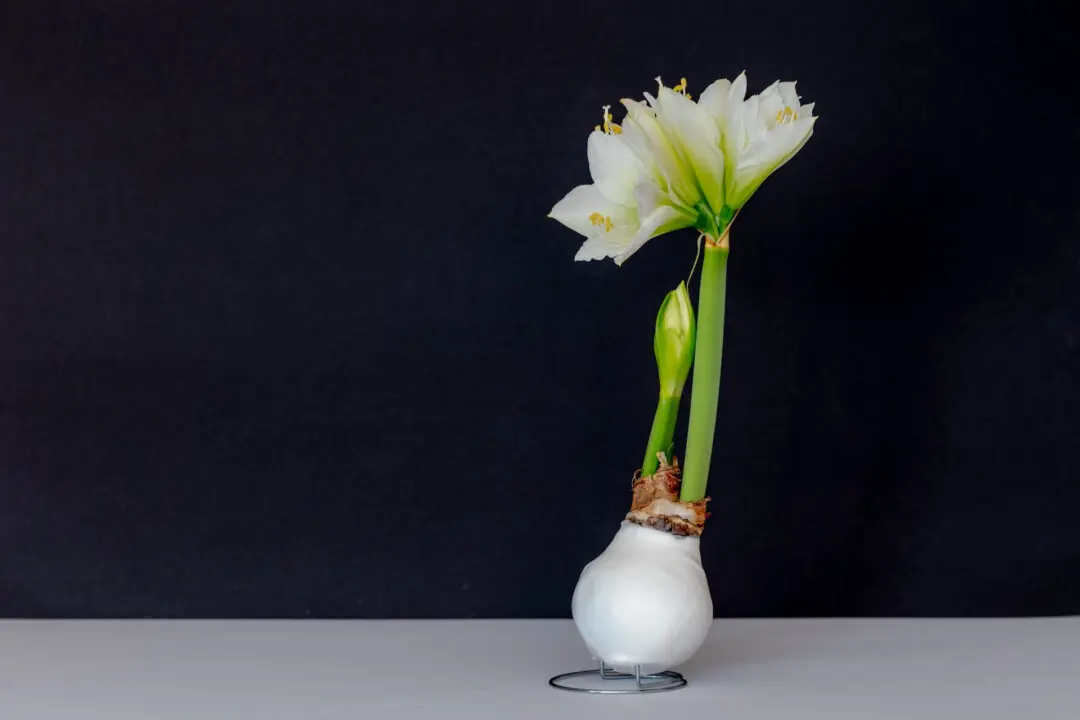Be sure to read this column next week because there will be a big announcement that you won’t want to miss. It will be good news for all of you who love plants and landscaping.
Q: Last year I bought a pretty red flowering hibiscus tree for my yard from the grocery store. This spring, it did not leaf out and it appears to be dead. I like the flowers, but do not want to keep replacing the tree, and the store that I bought it at last year does not have any hibiscus this year. What kind of plant should I use?





